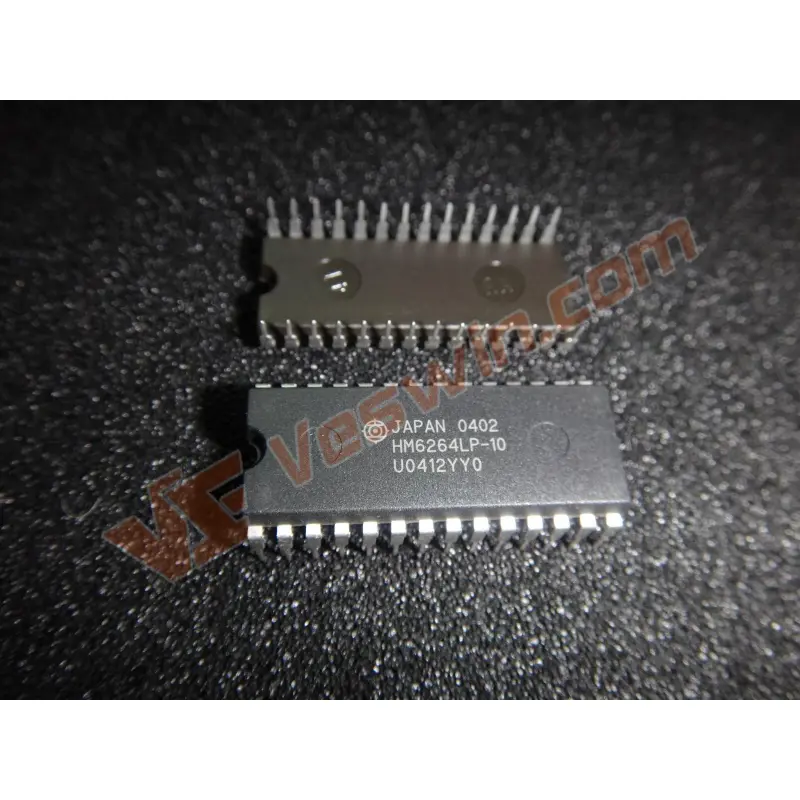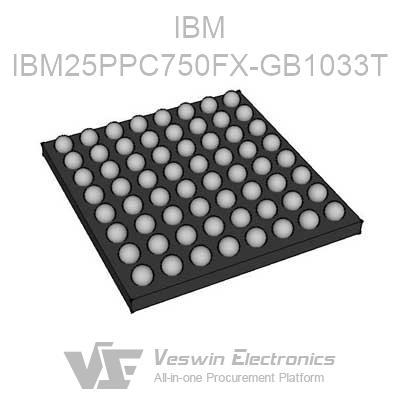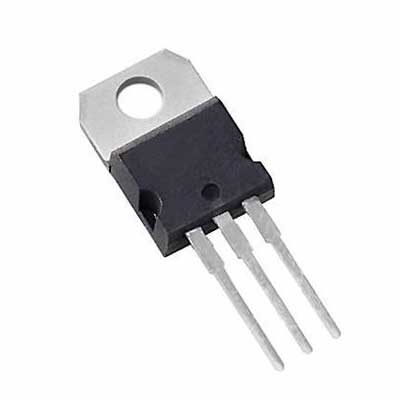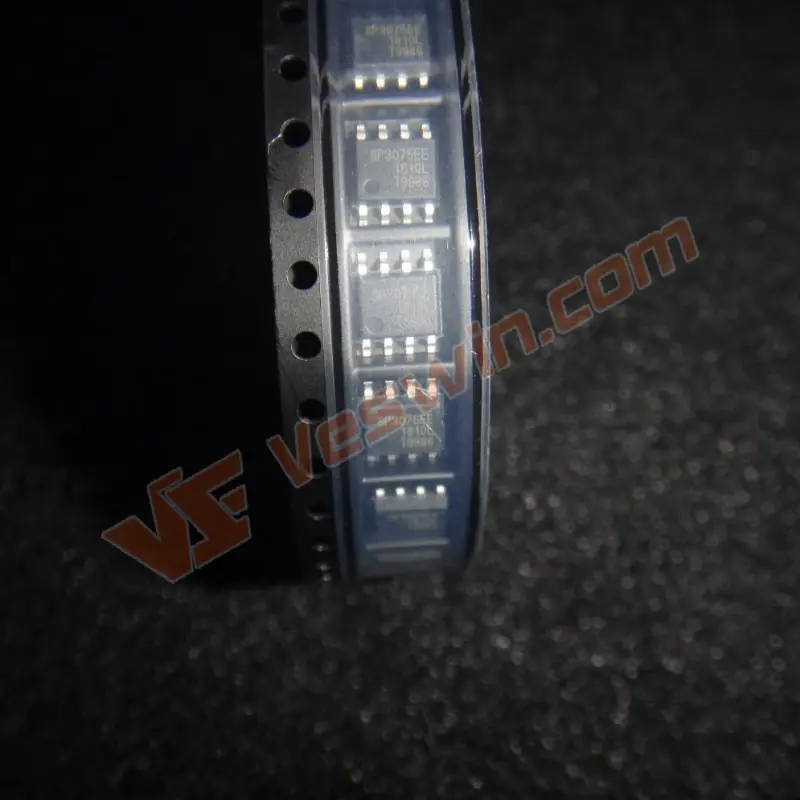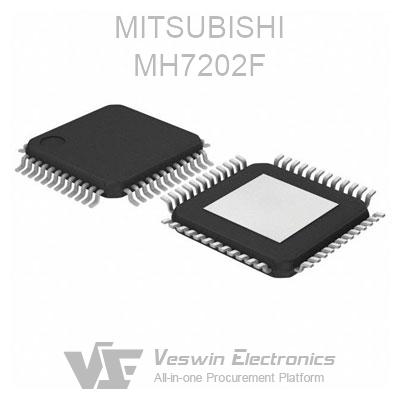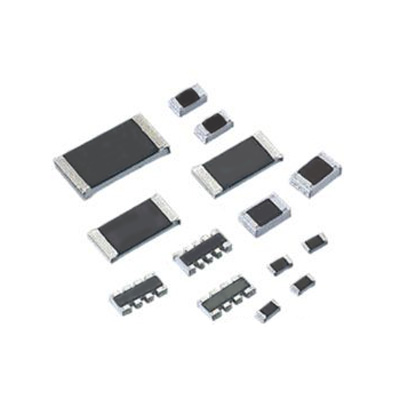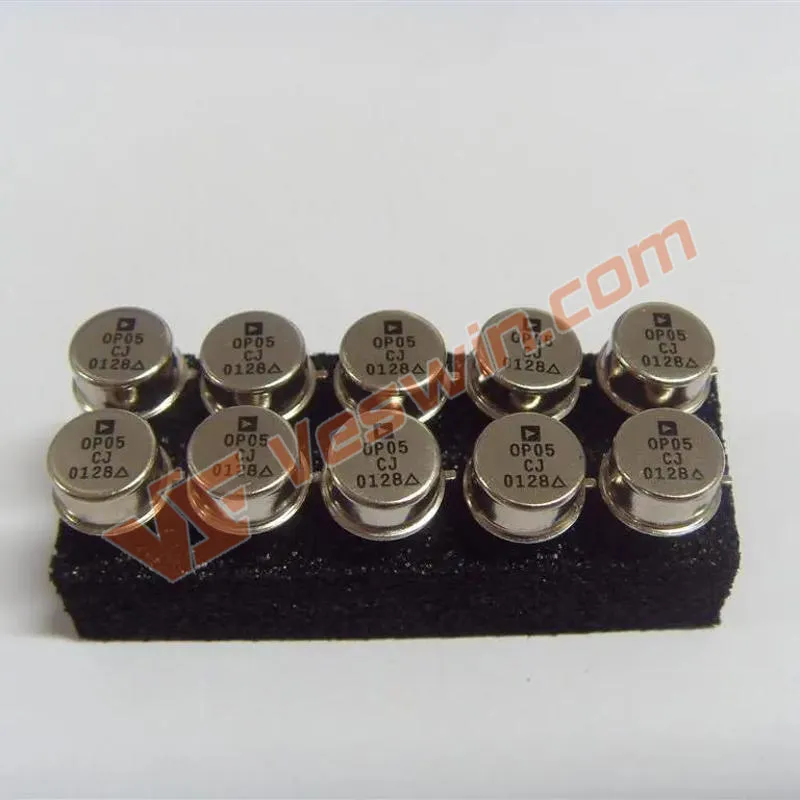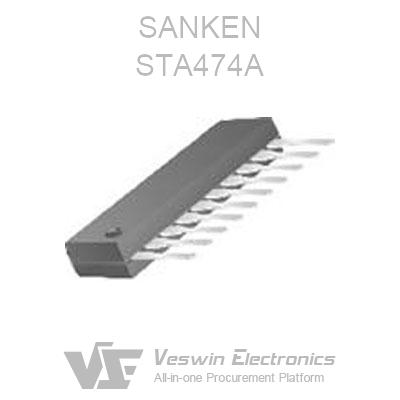The wireless transceiver chip is a wireless transceiver chip containing a wireless transceiver module and a microprocessor module, which has the advantages of excellent transceiver performance, simple peripheral circuit, power saving and high reliability.
How to choose a wireless transceiver chip, here are 5 tips.
a. Does the data transmission of transceiver chip need Manchester encoding
Using Manchester encoding of the chip, in programming will require a higher degree of skill and experience, requiring more memory and program capacity, and Manchester encoding greatly reduces the efficiency of data transmission, generally only up to 1/3 of the nominal rate.
The use of serial transmission chip (such as nRF401), the application and programming is very simple, the efficiency of the transmission is very high, the nominal rate is the actual rate, because the serial port for everyone is more than familiar, programming is also very convenient.
b. The number of peripheral components required to send and receive the chip
The number of peripheral components of the chip directly determines the cost of your product, so you should choose a small number of peripheral components of the transceiver chip. Some chips seem to be cheaper, but the peripheral components use many expensive components such as variable capacitance tubes and sound filters, etc.; some chips require two antennas respectively, which will greatly increase the cost. This aspect of the nRF401 does a good job, only about 10 peripheral components, without the sound table filter, variable capacitance tube and other expensive components, only cheap and easy to obtain 4MHz crystal, transceiver antenna unity.
c. Power consumption
Most wireless transceiver chip is used in portable products, so power consumption is also very important, should be selected according to the need for a comprehensive power consumption of smaller products.
d. Transmission power
Under the same conditions, in order to ensure effective and reliable communication, you should choose the product with higher transmit power. But it should also be noted that some products claim to have a higher transmit power, but because of its peripheral components, debugging complex, often the actual transmit power is far from the nominal value.
e. The package and number of pins of the transceiver chip
Fewer pins and smaller package, which helps to reduce the PCB area to reduce costs, suitable for portable product design, but also conducive to the development and production. nRF401 only 20 pins, is the smallest number of pins and volume.
Wireless transceiver chips are widely used in wireless mouse, keyboard, game joystick, RFID, security alarm, home automation, automotive electronics, industrial control, wireless communication, sensor toys and other fields.
Wireless data transmission application direction: vehicle monitoring, remote control, telemetry, small wireless network, wireless meter reading, access control system, cell paging, industrial data collection system, wireless tag, identification, non-contact RF smart card, small wireless data terminal, security and fire control system, wireless remote control system, biological signal acquisition, hydrological and meteorological monitoring, robot control, wireless 232 data communication, wireless 485/422 data communication, digital audio, digital image transmission and other fields. These ICs are generally implemented using radio frequency (RF) technology.
In the actual selection of devices, special attention should be paid to whether the data transmission of the transceiver chip requires Manchester encoding, the number of peripheral components required by the transceiver chip, power consumption, transmit power, package of the transceiver chip, and the number of pins.
The development of radio frequency technology has largely driven the development process of wireless communication technology. Performance, cost, energy consumption and weight and volume are all important factors to be considered when designing transceivers.
The nRF24L01+ (or nRF24L01P) is a monolithic wireless transceiver chip operating in the 2.4~2.5GHz world wide ISM band. The cordless transceiver includes: regularity generator, enhanced ShockBurst setting controller, power amplifier, crystal oscillator modulator, as well as demodulator. The output power channel selection and protocol setting can be set via SPI interface.
Very low existing intake, when working in transfer mode when the transmit power is 0dBm current usage of 11.3 mA, 13.5 mA in receive mode, power-down setting and standby mode existing usage is also reduced.
Because in wireless communication applications often encounter long-range communication requirements, there are some nRF24L01 + wireless module in the original design to increase the PA (power amplifier) and LNA (low-noise amplifier) models, such as "nRF24L01 + PA" and so on. In the transmitting part through the PA circuit to nRF24L01 + maximum 0dBm output power amplification to about +22dBm, while in the receiving part through the LNA circuit to increase the strength of the received signal.
By this way can effectively increase the nRF24L01 + wireless module communication distance, in the open environment up to 2km.
● Wire data transmission system
● Wireless mouse
● Remote control lock opening
● Remote control toys
● Ultra-low-power wireless transceiver
● Wireless sensor network
● Home and building automation
◆ 2.4~2.5GHz global application-free ISM working band.
◆ 125 communication channels to meet the needs of multi-point communication, packet, frequency hopping and other applications.
◆ Transmission power can be set to: 0dBm, -6dBm, -12dBm and -18dBm.
◆ Actual transmit power ≥ 0dBm (tested when set to 0dBm).
◆ SMA interface, can be easily connected to coaxial cable or external antenna.
◆ Connect with MCU through SPI interface, rate 0~8Mbps.
◆ Support 2Mbps, 1Mbps and 250kbps transmission rate.
◆ Enhanced ShockBurst, fully compatible with nRF2401A, nRF24L01 and other chips.
◆ Support auto-answer and auto-retransmit, built-in address and CRC data check mode function.
◆ Operating voltage range: 1.9V~3.6V, the current in standby mode is less than 1µA.
◆ Operating temperature range: -40℃~+85℃
circuit principle
2. pin definition
3. wiring diagram
The connection between nRF24L01+ and 5V microcontroller (only for high-impedance pins)
nRF2401A(nRF2401AG)
nRF2401A for nRF2401 improved model (nRF2401AG for lead-free process model). nRF2401A work in the 2.4GHz international ISM application-free band GFSK modulation of wireless data transmission chip. Maximum transmit power 0dBm, receive sensitivity -90dBm, supports 124 receive frequencies and 126 transmit frequencies. Use ShockBurst™ transmission mode, with two independent data reception channels. Supports over-the-air data rates of 250kbps and 1Mbps. Use SPI interface to complete data communication and communication control with MCU and other functions.
nRF24L01
The nRF24L01 is a wireless data transmission chip operating at 2.4GHz with GFSK modulation in the international ISM application-free band. The maximum transmit power 0dBm, receive sensitivity of -85dBm, support 125 communication frequencies. Supports 6 data channels (shared FIFO) using enhanced Enhanced ShockBurst™ transmission mode. Supports over-the-air data transfer rates of 1Mbps and 2Mbps. Uses SPI interface with MCU to complete functions such as data communication and communication control.
Compatible with nRF2401A and nRF24L01
The RF2401A, nRF24L01 and nRF24L01+ are capable of communicating with each other. The prerequisite is that they must be configured using the same communication frequency, over-the-air transfer rate, address length, address information, data length, and CRC checksum.
Related product: LTC1387IG#TRPBF LINEAR SSOP Wireless Transceiver ICs
错误:请检查您的网络连接状态
在 Google 翻译中打开
Hot News


